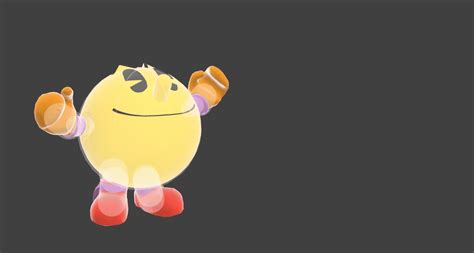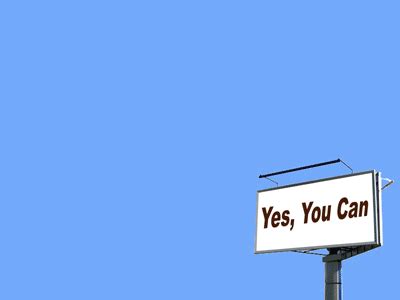Reclaim Your Financial Future: The Dual Path to Freedom and Prosperity
High-interest credit card debt can feel like an insurmountable mountain, trapping you in a cycle of minimum payments and ever-growing balances. The good news? It’s not permanent. With a strategic approach and unwavering discipline, you can not only eliminate this burden but also pivot directly into building substantial personal wealth. This article will guide you through actionable steps to tackle your credit card debt head-on and lay a robust foundation for a prosperous financial future.
Understanding the Debt Trap: Why High Interest is Your Enemy
The insidious nature of high-interest credit card debt lies in its ability to compound rapidly. A typical APR of 18-25% means that a significant portion of your monthly payment goes towards interest, barely touching the principal. This keeps you in debt longer and costs you significantly more over time. Recognizing this vicious cycle is the first step towards breaking free.
Phase 1: Aggressively Eradicating High-Interest Debt
Your primary objective is to stop the bleeding. Every dollar you put towards high-interest debt is like earning a guaranteed, risk-free return equivalent to your interest rate. Here’s how to attack it:
1. The Debt Avalanche or Snowball Method
- Debt Avalanche: List your debts from highest interest rate to lowest. Pay the minimum on all but the highest-interest debt, putting every extra dollar towards that one until it’s gone. Then, roll that payment into the next highest-interest debt. This method saves you the most money.
- Debt Snowball: List your debts from smallest balance to largest. Pay the minimum on all but the smallest debt, funneling all extra cash there. Once paid off, roll that payment into the next smallest. This method provides psychological wins, keeping you motivated.
2. Create a “Debt-Crushing” Budget
Scrutinize every expense. Identify areas where you can cut back drastically, even temporarily. Dining out, subscriptions, entertainment – everything is on the table. The money saved should be directed straight to your highest-interest debt.
3. Consider Balance Transfers or Consolidation Loans
If you have good credit, a 0% APR balance transfer card can offer a grace period (typically 12-18 months) to pay down debt interest-free. Be wary of transfer fees and ensure you can pay off the balance before the promotional period ends, as regular APRs can be very high. A low-interest personal loan to consolidate multiple high-interest debts can also simplify payments and reduce overall interest, but ensure the loan terms are favorable.
Phase 2: Building Wealth While Debt Crushing
While debt repayment is paramount, strategic wealth building can start concurrently or immediately after your high-interest debt is gone. The key is to establish good financial habits early.
1. Build an Emergency Fund
Before seriously investing, ensure you have 3-6 months’ worth of living expenses saved in an easily accessible, high-yield savings account. This fund acts as a buffer against unexpected costs, preventing you from falling back into debt.
2. Maximize Employer-Sponsored Retirement Plans (Especially with Matching)
If your employer offers a 401(k) match, contribute at least enough to get the full match. This is essentially free money and an immediate 100% return on your investment, making it a critical step even while tackling debt.
3. Smart Investing Beyond Retirement Accounts
Once high-interest debt is clear and your emergency fund is solid, explore other investment avenues. Index funds and ETFs offer diversified exposure to the market at low costs. Start small, be consistent, and leverage the power of compound interest over time. Educate yourself on investment basics to make informed decisions.
Phase 3: Sustaining Momentum and Future-Proofing Your Finances
Getting out of debt and starting to build wealth are fantastic achievements, but staying on track requires ongoing effort and smart choices.
1. Live Within Your Means (and Below Them!)
The habits you developed to pay off debt should become your new normal. Continue to budget, track expenses, and prioritize needs over wants. This surplus cash can now be funnelled into investments.
2. Use Credit Responsibly
If you choose to use credit cards, pay the statement balance in full every month to avoid interest. Credit cards can be powerful tools for rewards and building credit history, but only when used responsibly.
Conclusion: Your Path to Financial Freedom
Crushing high-interest credit card debt and building wealth are not mutually exclusive; they are sequential steps on the same journey to financial independence. It requires discipline, a clear plan, and consistent action. By systematically eliminating debt, establishing an emergency fund, and consistently investing, you can transform your financial situation and create a legacy of prosperity for yourself and your future.




